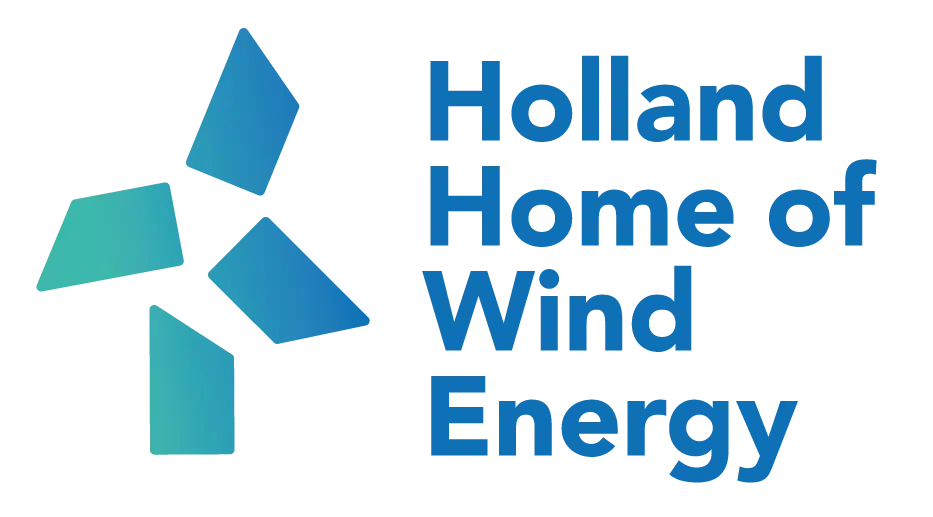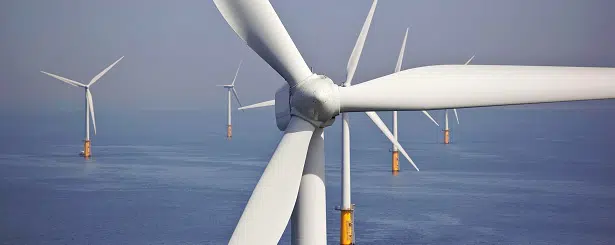On February 6 and 7 the tenth Winterwind conference was organized by the Swedish Wind Power Association in Åre, Sweden. Winterwind is an annual conference dedicated to the development and deployment of wind energy systems in areas which are prone to cold climate effects, such as ice accretion on blades, lubrication problems of gearboxes, ice throw, aerodynamic and mechanical unbalances caused by icing, etc. When dealing with wind energy in cold climate it is essential to distinguish between two types of cold climate (CC) issues: very low temperatures combined with dry air on the one hand and “not so low” temperatures combined with various types of ice build up on rotors and sensors, depending on the water content of the atmosphere, on the other hand.
At Winterwind 2018, four large wind turbine manufacturers were actively participating as well as a number of service suppliers offering expertise and products varying from pre-construction assessments, such as establishing icing probabilities, output losses caused by icing, atmospheric measuring equipment and de-icing components for blades. The increased interest in CC issues reflects the sizable market of wind energy in CC areas. According to VTT at present more than 25% of all installed global wind capacity is in CC areas (compare to 5% offshore) and is likely to remain at that level during the coming decade(s).
From the wide spectrum of CC topics which were addressed during Winterwind’s 10 years of existence, this year the participants have learned in particular about highlights in modelling of icing probability and measuring results for model verification, the industries’ (thermal) de-icing solutions and progress in the development of impact resistant ice-phobic coatings, the holy grail of anti-icing technologies, icing probability as a function of site altitude and geographic positions (terrain and distance to ocean) and many more very interesting and highly relevant topics.
In the mean time two dedicated CC test sites are in operation and one is under construction. TechnoCentre éolien in Gaspé, Quebec, Canada is operating a test site in complex terrain. VTT, Finland, is operating one in Olostunturi – Muonio at 510 hight in the north of Finland and the Research Institute of Sweden (RISE) is about to realise a station in Uljabuouda, north Sweden, near the test terrain for cars of the European automotive industry. HHWE member ECN has been a consultant to the team which developed the test site.
An interesting feature of the conference was the presentation of Bright New Ideas. The winner was determined by a jury (50% of the votes) and the conference audience.
The 4 pitches included the following topics:
1. The use of military expertise to observe and estimate ice throw trajectories (Saskia Bourgois, Meteotest (CH)).
2. To set up a Cold Climate Wind Strategic Research Agenda (Esa Peltola, VTT (SF)).
3. A tower integrated ultra-high speed blade-by-blade de-icing system based on either lasers, magnetic induction, microwaves or some sort of other contactless power transfer system (Tanja Tränkle, RISE (S)).
4. The development of performance parameters for icephobic coatings for wind turbine blades (Raul Prieto, VTT (SF)).
The winner of the contest was Saskia Bourgois.
For those who want to learn more about wind energy in cold climate the IEA-Wind, Task 19 report (Wind energy in cold climates. Available technologies report, May 2016. Lehtomäki c.s.) is a must. It provides a comprehensive overview of all issues, including a description of the state-of-the-art.
The Winterwind 2018 proceedings are available at Winterwind’s website.
For questions, please contact Jos Beurkens (advisor HHWE): hjmbeurskens@gmail.com / +31 653745756

